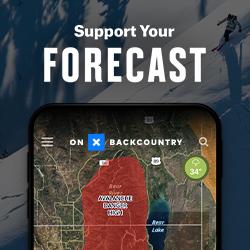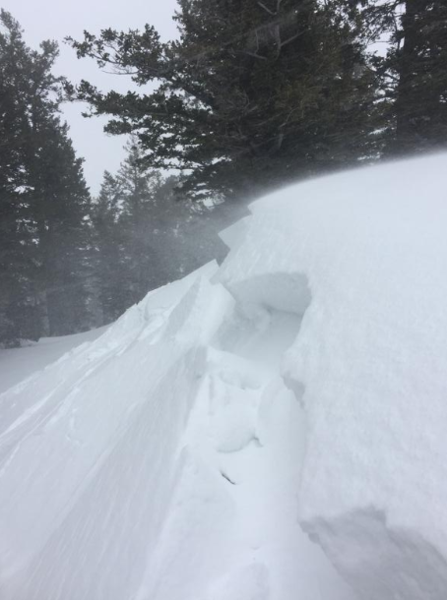Forecast for the Ogden Area Mountains

Issued by Nikki Champion on
Thursday morning, January 2, 2020
Thursday morning, January 2, 2020
The avalanche danger is CONSIDERABLE on all upper and mid-elevation slopes and MODERATE on all lower elevation slopes.
Today, both human-triggered and natural avalanches are likely at upper and mid elevations where heavy snowfall and strong winds, have created dangerous avalanche conditions especially on any slope with fresh wind drifts. Avalanches can also in the new snow unaffected by winds.
Cornices will continue to grow and become sensitive, so avoid traveling close to the edges of corniced ridges.

Low
Moderate
Considerable
High
Extreme
Learn how to read the forecast here







